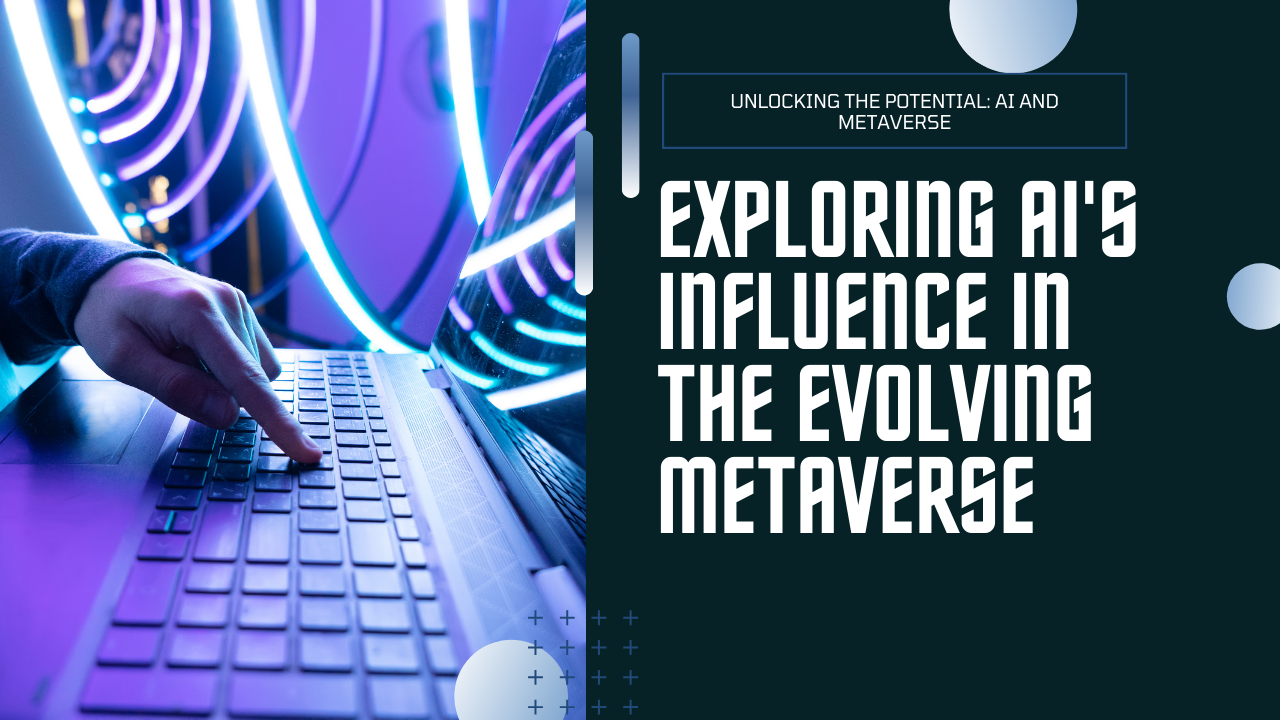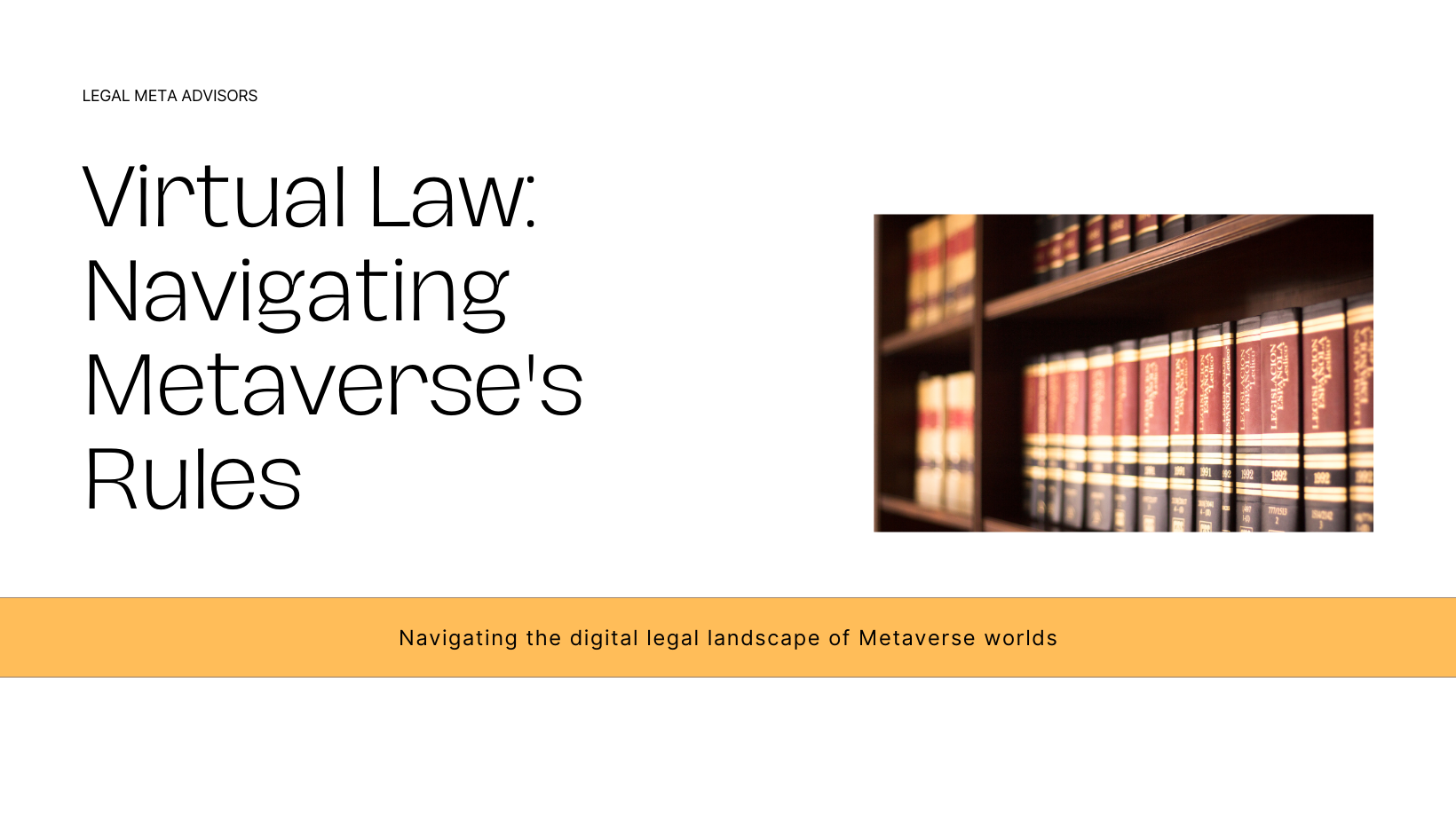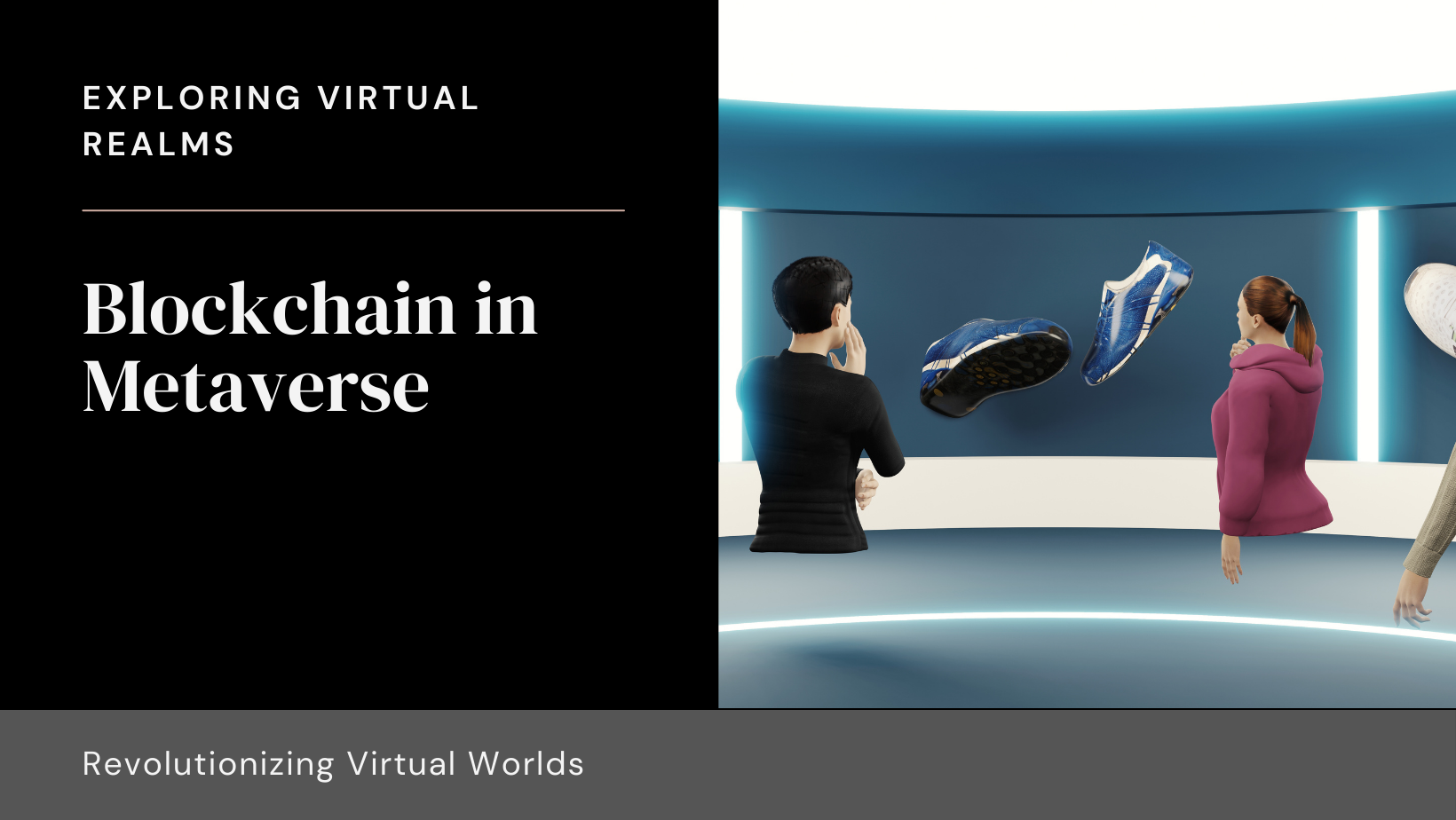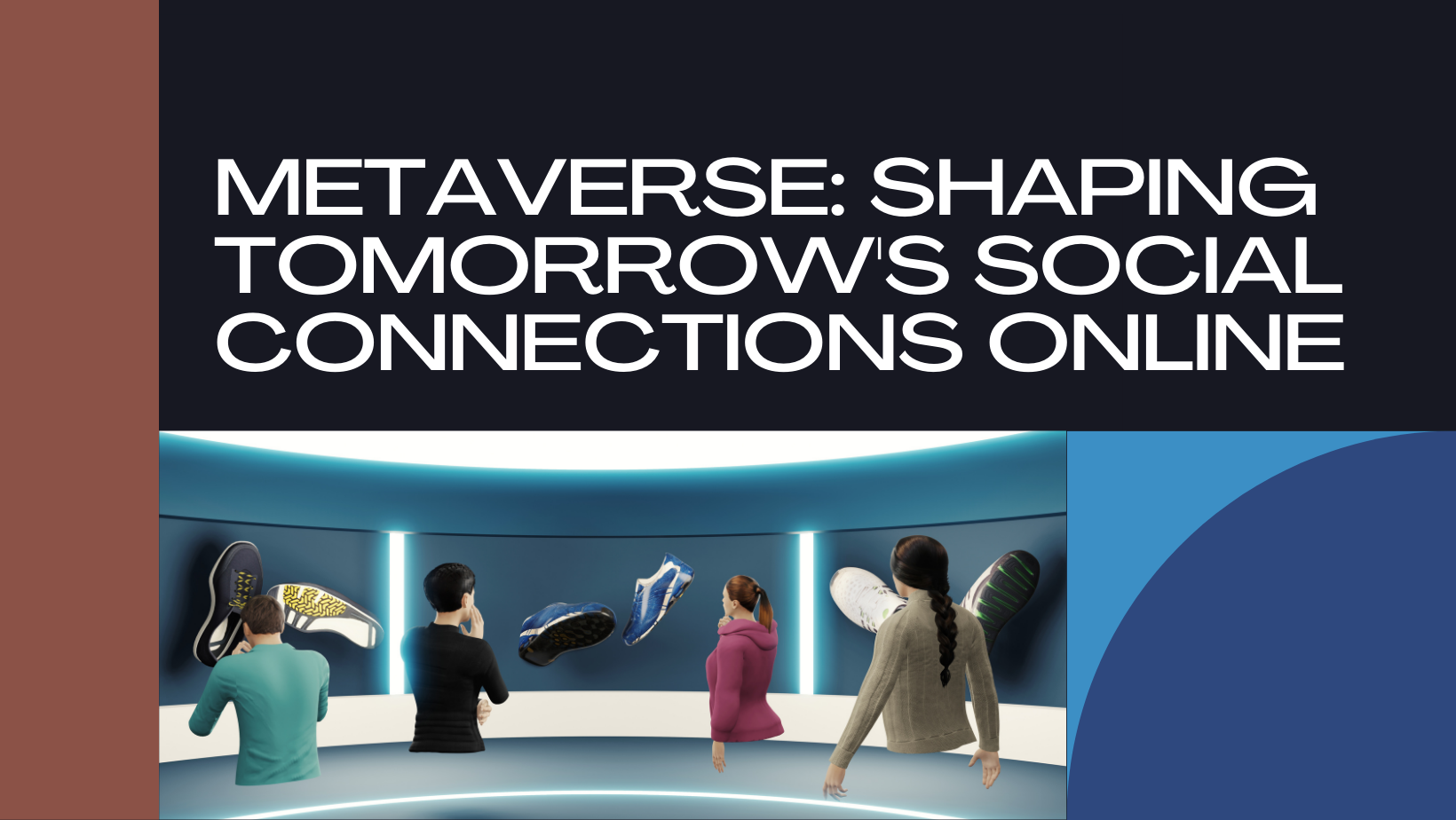Virtual worlds have emerged as transformative digital landscapes where users can explore, interact, and engage in immersive experiences. This blog dives into the fundamental aspects of developing virtual worlds, covering key strategies, technological frameworks, and creative considerations essential for creating captivating and interactive digital realms.
Understanding Virtual Worlds
Virtual worlds are simulated environments where users can interact with digital representations, explore virtual landscapes, and participate in various activities through customizable avatars or digital personas. These immersive environments are powered by advanced technologies such as virtual reality (VR), augmented reality (AR), and mixed reality (MR), offering limitless possibilities for gaming, social interactions, education, and virtual commerce.
Essential Steps in Developing Virtual Worlds
- Conceptualization and Design
- Define the Vision: Outline the overarching goals, themes, and narrative elements that will shape the virtual world experience. Consider the target audience, user preferences, and desired outcomes to tailor the virtual environment to specific needs and interests.
- Storyboarding and Prototyping: Create storyboards, concept art, and prototype designs to visualize the virtual world’s architecture, spatial layout, and interactive elements. Incorporate feedback from stakeholders, designers, and developers to refine the conceptual framework and enhance user engagement.
- Technological Framework and Development
- Choose Development Platforms: Select appropriate development platforms (Unity, Unreal Engine, etc.) and tools for building immersive virtual worlds. Consider factors such as graphics rendering capabilities, physics engines, and cross-platform compatibility to ensure seamless user experiences across devices.
- Implement Virtual Assets: Integrate 3D models, textures, animations, and sound effects to populate the virtual world with interactive elements, environmental details, and atmospheric enhancements. Optimize asset workflows, file formats, and asset pipelines to streamline development and enhance visual fidelity.
- User Interaction and Experience
- Avatar Customization: Offer users the ability to create and customize avatars, digital personas, or virtual representations within the virtual world. Provide diverse customization options, clothing items, accessories, and personalization features to enhance user identity and immersion.
- Interactive Gameplay Mechanics: Design interactive gameplay mechanics, challenges, and objectives that align with the virtual world’s narrative, themes, and user engagement strategies. Incorporate gamification elements, progression systems, and social interactions to foster community engagement and user retention.
Enhancing Immersion and User Engagement
- Spatial Design and Navigation
- Spatial Layout: Design intuitive navigation systems, spatial landmarks, and interactive environments that facilitate exploration and discovery within the virtual world. Implement spatial computing techniques, user-friendly interfaces, and spatial sound design to enhance spatial awareness and user immersion.
- Dynamic Environments: Create dynamic weather systems, day-night cycles, and environmental effects that simulate real-world phenomena and enhance atmospheric immersion. Use procedural generation, dynamic lighting, and particle effects to create dynamic, responsive virtual environments that evolve over time.
- Community Building and Social Interactions
- Social Features: Integrate social interaction tools, chat functionalities, and virtual communication channels to facilitate real-time communication, collaboration, and community building within the virtual world. Implement proximity-based audio, gesture recognition, and virtual meet-up spaces to enhance social presence and interpersonal connections.
- Community Management: Establish community guidelines, moderation policies, and user-driven content creation tools to empower users, foster inclusivity, and maintain a positive virtual environment culture. Implement reporting mechanisms, content filtering, and user-generated content (UGC) moderation to ensure a safe and enjoyable experience for all users.
Future Trends and Innovations
- Emerging Technologies
- Artificial Intelligence (AI): Explore AI-driven NPCs, virtual assistants, and intelligent systems that enhance user interactions, provide personalized experiences, and simulate human-like behaviors within virtual worlds.
- Blockchain Integration: Leverage blockchain technology for digital asset ownership, decentralized economies, and secure transactions within virtual worlds. Implement Non-Fungible Tokens (NFTs), smart contracts, and blockchain-based marketplaces to enable virtual asset trading, digital collectibles, and in-world economies.
- Cross-Platform Integration
- Multi-Device Compatibility: Ensure cross-platform compatibility and accessibility across VR headsets, AR glasses, mobile devices, and web browsers to expand audience reach and user engagement within the virtual world.
- Cloud Gaming and Streaming Services: Utilize cloud gaming platforms, streaming services, and subscription-based models to deliver high-fidelity graphics, real-time rendering, and on-demand access to virtual world experiences across global markets.
Conclusion
In conclusion, developing virtual worlds requires a strategic blend of creativity, technological expertise, and user-centric design principles to create immersive, interactive, and engaging digital environments. By embracing innovative technologies, fostering community engagement, and adapting to evolving user preferences, developers can unlock the full potential of virtual worlds as transformative platforms for entertainment, education, and digital innovation.
Stay informed about the latest trends and advancements in virtual world development by following Sodio Technologies’ blog. Join us on our journey to explore new horizons, push technological boundaries, and shape the future of immersive digital experiences.







